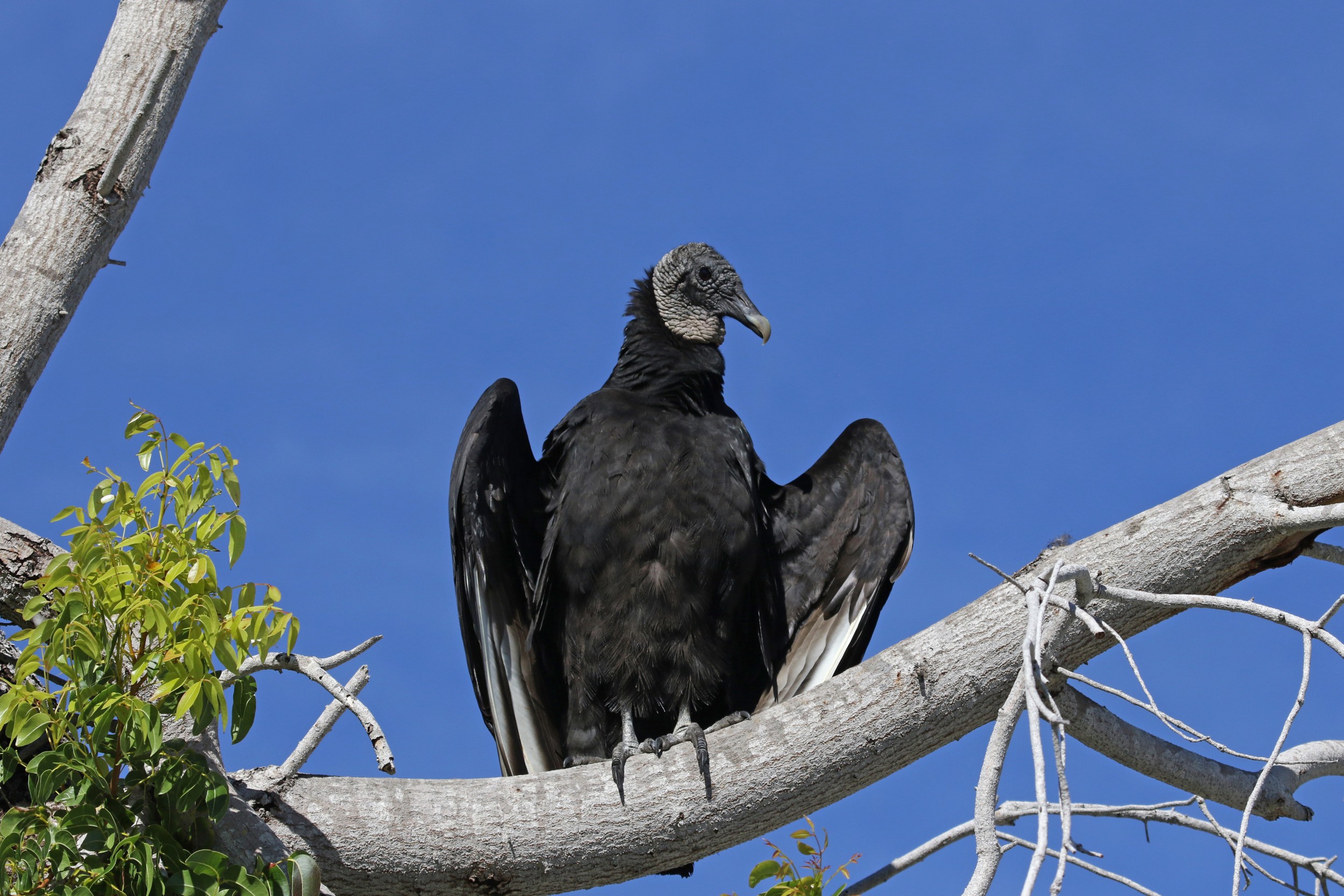
The large displacements of indigenous groups in Brazil's central region which occurred up until the 19th century led them into contact with the Tapirapé in the forests of Pará, who then fled to the forest near the left bank of the lower Araguaia.


#Foto urubu series#
The Tapirapé have a series of historical and mythological narratives about their centuries old presence in the woods on the left bank of the Araguaia, specifically in the mountainous region known as Urubu Branco, to the north of the Ilha do Bananal, mouth of the Javaé river, and in the mid-Araguaia. Since then, they have oscillated between friendly co-existence to hostility and confrontation. The Tapirapé's contact with their neighbours, the Karajá and the Kayapó, dates back to before the 17th century. Their presence was noted to the north of the Tapirapé river from the same period. The Tapirapé are an indígenous group who originally came from the lower stretches of the Tocantins and Xingu rivers, where they lived until the 17th century.They arrived in the riverside region of the middle Araguaia about the second half of the 18th century. At the moment they inhabit two indigenous areas, Tapirapé/Karajá, with 66.166 hectares, offically recognised in 1983, with a mixed population of Tapirapé and Karajá, and Urubu Branco, covering 167.533 hectares and offcially recognised in 1998.

The Tapirapé exploit these environments according to the season and the activity: planting, hunting, collecting and fishing. Tapi’itawa, the best known village of the group, has the ideal conditions for the location of a village: non-flooding land near high forests, but also near open fields next to the tributaries of the Araguaia and a perennial stream that does not run dry in the dry season. Agriculturalists, traditionally their villages have been located near dense forests on non-flooding high ground, where they plant their crops. The Tapirapé live in a region of tropical forest, with typically Amazonian flora and fauna, divided by open fields and cerrado (low vegetation). But in the Urubu Branco indigenous area they still face problems over land, because of invasions by farmers and prospectors. After their traditional territory was occupied by cattle ranches, in the 1990s they managed to get official recognition of two indigenous areas, one of them in co-habitation with the Karajá. As a result of contact with the advancing development fronts from the mid- 20th century, they suffered an intense loss of population, and during this time they became close to the Karajá groups, formerly their enemies. We were glad of this occupation during the tedious business of smoking the bears’ meat, and availed ourselves of the leisure time by also preparing for stuffing the condor and the turkey buzzard, urubu or black vulture - for I could not determine to which species the smaller bird belonged.The Tapirapé are a Tupi-Guarani people who inhabit the region of the Urubu Branco mountain range in Mato Grosso. Think it’s a black vulture Fr.: urubu noir, not a turkey vulture. The Rover of the Andes A Tale of Adventure on South America "Ugh, you brutes!" exclaimed Quashy, referring to a number of urubu vultures which stood on the shells, all more or less gorged, some still tearing sleepily at the meat, others standing in apoplectic apathy, quite unable to fly. We had turned our backs upon the volcano of Orizava on our right the black summits of the Cordillera stood out against the red sky the _ urubu_ vultures were whirling round and round high up above us - the only living creatures we had set eyes on since the evening before.Īventures d'un jeune naturaliste. The _ urubu_ belonged to the vulture family and was found in all tropical South America. Stone carving of a Black Vulture (_Catharista urubu_), Copan, Stela KING VULTURE (_Sarcorhamphus papa_), BLACK VULTURE (_Catharista urubu_) 1.

papa_), Black Vulture (_Catharista urubu_).


 0 kommentar(er)
0 kommentar(er)
